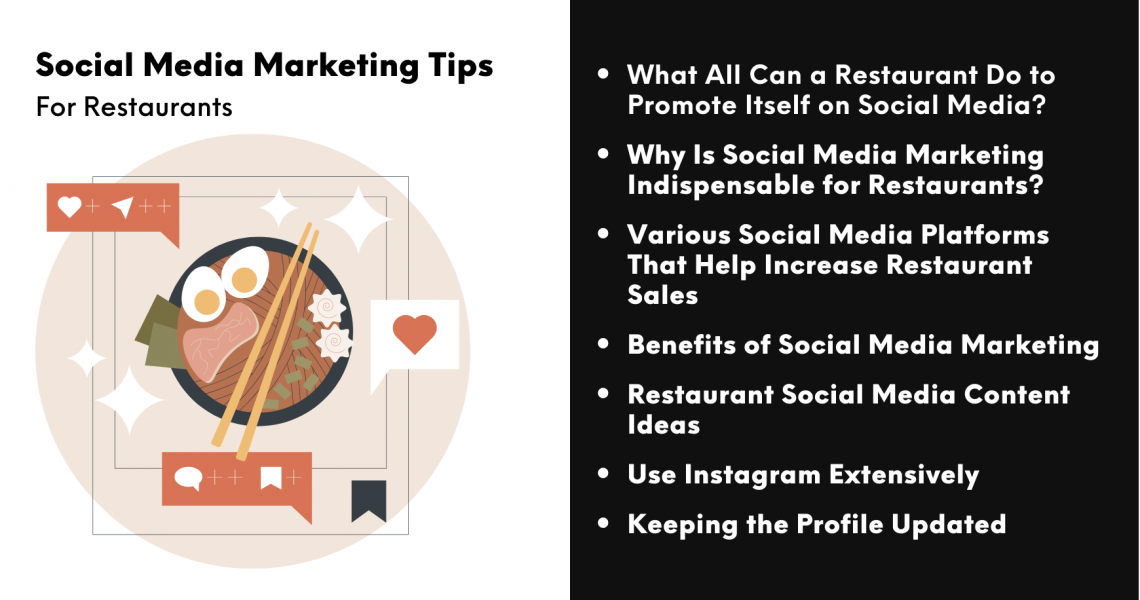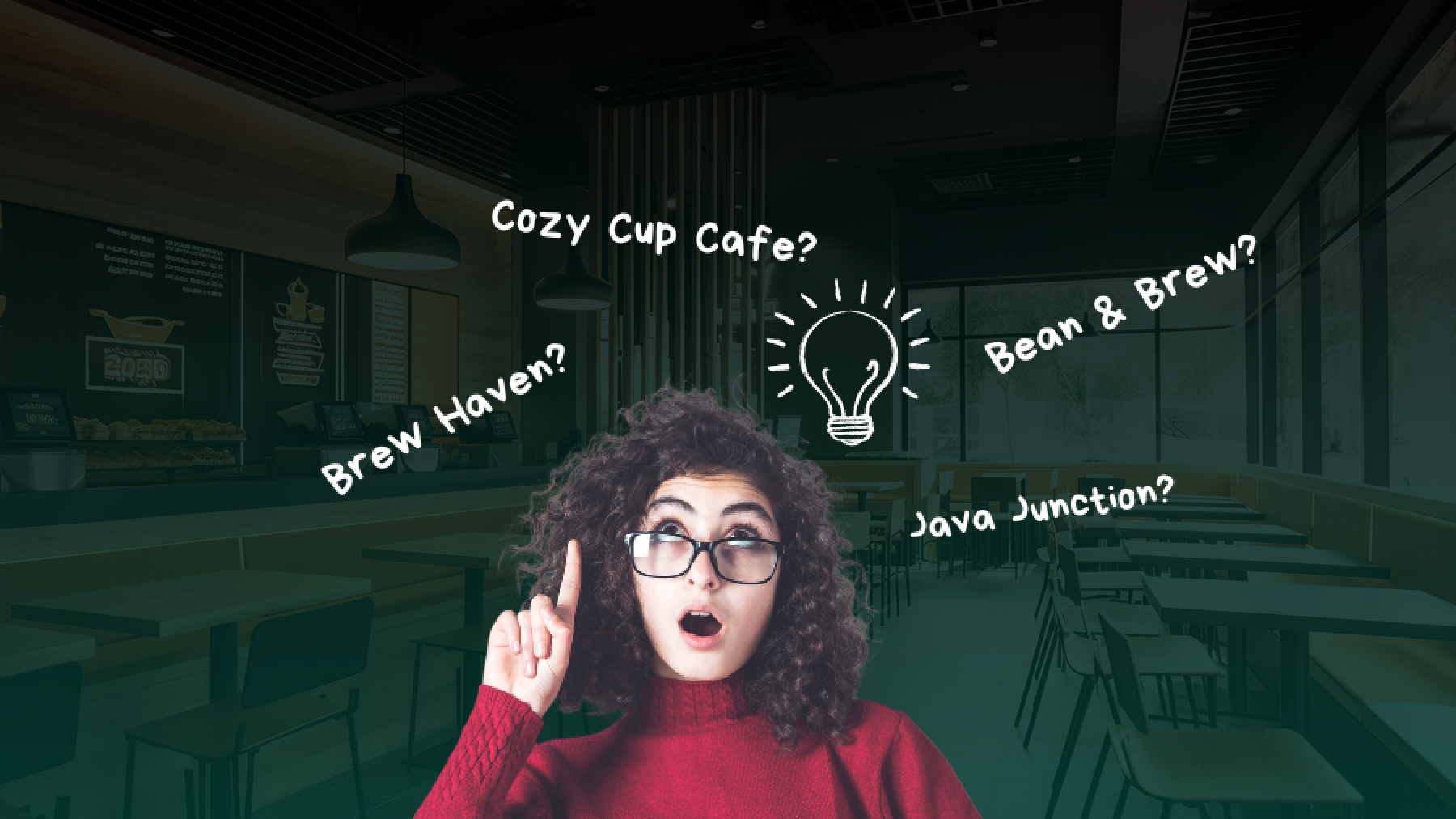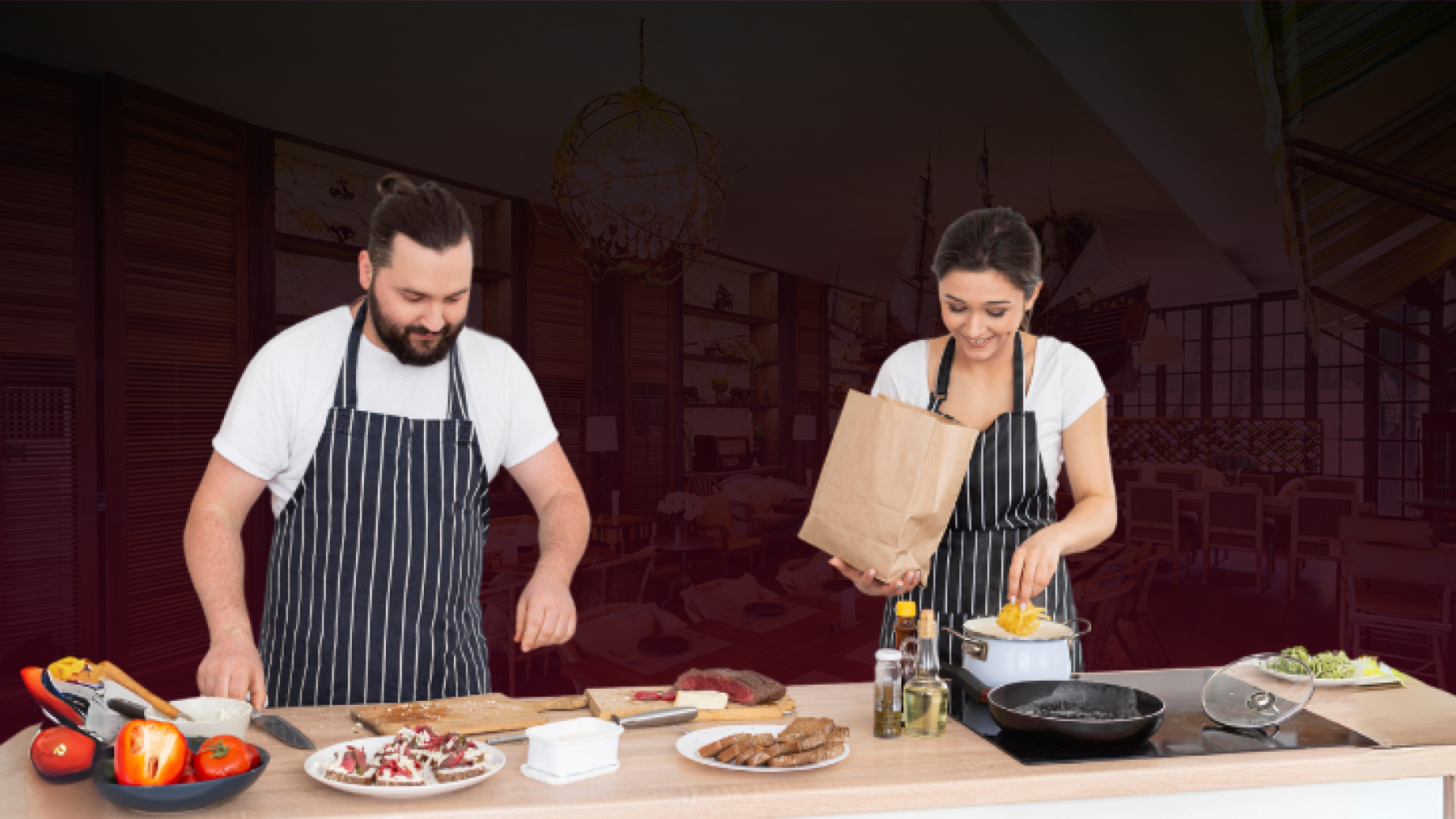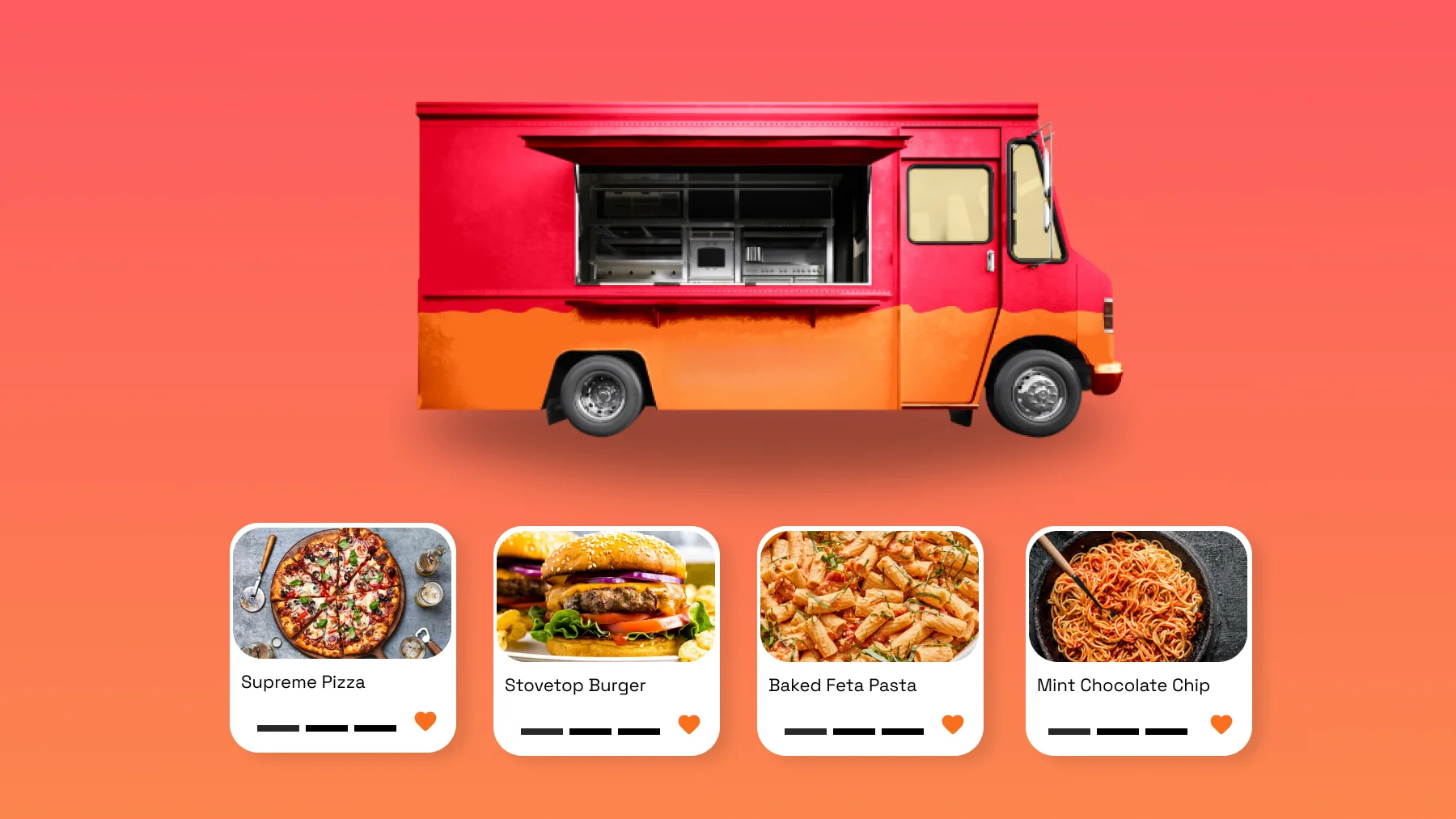Social Media Marketing Tips For Restaurants
One no longer needs to advocate the importance of social media as a commendable tool for restaurant marketing. Once a stunning restaurant website has been created, the restaurateur must start concentrating on integrating various social media accounts with it. This consolidates the advantages of the marketing efforts done both on the website and social media.
45% diners are persuaded by a social media post to try a restaurant for the first time
What All Can a Restaurant Do to Promote Itself on Social Media?
- Share popular or signature dishes
- Keep the restaurant website and online menu stunning
- Promote daily offers
- Announce upcoming events
By doing so, a restaurant can effectively achieve brand recall even without spending heavily on advertising.
If you are still unsure about where and how to start or proceed with your restaurant social media marketing strategy – what to post and how to manage various social media platforms, read this blog to know about tips and tricks that can certainly help you.
Why Is Social Media Marketing Indispensable for Restaurants?
With social media becoming an indispensable part in the lives of millennials, its role in influencing consumer behavior cannot be overlooked. Social media determines and shapes the ways customers interact with brands.
88% of people are influenced by online reviews and comments
75% of people purchase a product because they see it on social media
63% of restaurants use social media primarily for their advertising activities
49% of consumers learn about restaurants in their community through social media
Various Social Media Platforms That Help Increase Restaurant Sales
Currently, there are about 3.8 million people around the world using social media actively
The 5 social networks that one can use for online marketing campaigns are:
1. Facebook:
Being the largest social networking site in the world, Facebook has rapidly conquered the virtual space. It has set the standards for and has defined the qualities that a social networking site must possess.
It is not only a platform for exchanging messages and photos. Today, it is an influential portal empowered with several marketing tools. Facebook has also proved that as a social media platform, it can effectively assist in building robust brands.
2. YouTube:
Founded in 2005, this social media platform was initially meant for sharing films, music videos and creating private videos. Gradually, the site became so popular that paid advertising was introduced into it. With individuals beginning to use YouTube as a means to upload videos on various subjects and earn money, being a YouTuber has become a job. It has turned into a great medium for restaurant online marketing as it helps build the brand and expert image.
Currently, the ‘Shorts’ feature in YouTube has helped restaurants show less than 1 minute videos of their enticing food, drawing several guests towards the brand. Restaurants can make a 45-60 seconds video showing how to make a tasty homemade ketchup or how to make a drool worthy recipe with just three ingredients.
You can then edit YouTube videos to add text, music, and other visuals to make them more engaging and informative.
3. Twitter:
Twitter is almost similar to Facebook, but it focuses on allowing users to share very short (280 characters) and informative messages. The posts, thus, shared are known as ‘Tweets’. One can also add interesting graphics or photos to the tweets.
Restaurants can use Twitter to share about upcoming events, new promotions or introductions to the menu. Using hashtags to identify images also drives a lot of organic traffic to the brand name. This is because users tag restaurants online creating a link. When other users click on this hashtag, they get redirected to the restaurant’s official Twitter account.
4. Instagram:
This platform is a rage among the younger section of social media users – especially those between the ages of 15-24. Instagram appeals to the young crowd primarily because of its visual character.
This site is about sharing photos or short videos. They can be made more attractive by making use of the various fillers and tools available on the site. So, restaurants can use it greatly to their advantage by using pictures of appetizing food.
Instagram has now become an enhanced system of paid ads. Restaurants can profitably invest in Instagram ads because it will reach a particular group of selected recipients who spend a major part of their day scrolling through social media sites.
5. Pinterest
This is yet another social media site that has become extremely popular and successful due to its overwhelming visual communication. Pinterest is all about collecting photos, images or graphics.
Pinterest can, therefore, be absolutely useful for restaurants whose marketing is based on visual messages on a great extent. Restaurants must use Pinterest to post images of its popular or signature dishes linked to recipes or articles about the ingredients.
With the ‘pin’ option, users can save photos that they link on their own Pinterest boards and also share them with others. This sharing will give a great fillip to the restaurant’s online marketing.
Benefits of Social Media Marketing
Let us understand the importance of social media marketing from the perspective of the user.
As the user scrolls through his social media page filled with various kinds of information, his eye is able to distinctly stop at, read and remember only those that are attractive and unique.
This is why social media marketing gains importance and when done correctly, can bring an ocean of benefits to the business and the brand.
How to Create a Social Media Marketing Strategy
1. Research the Audience and Their Buying Behavior:
This is essential to understand the demographics of the target audience, their characteristics and buying persona. This will help restaurant owners to determine what content will attract the kind of audience that they wish to win for themselves.
2. Select the Social Media Platforms to Use for Marketing:
There is no concrete right or wrong when it comes to choosing the social media platforms for sharing content. It is all about the needs of the target audience and targeting them on platforms where they spend a major portion of their time. For example, if your target audience consists of millennials, Instagram should be your choice.
3. Have a Data-driven Social Media Strategy:
Have a data-driven social media strategy – This can be done by establishing the most important metrics and KPIs. Restaurant owners must focus on social media data that aligns with their business goals. They must clearly analyze the:
- Reach of the post (how many unique users saw the post).
- The number of clicks on the content or account.
- Engagement (Number of social media interactions / number of impressions).
- The hashtag performance (most-used hashtags, brand associated popular hashtags).
- Organic Traffic (Understanding the organic engagement and knowing how much to spend for ads)
- Sentiment is a qualitative analysis of how users engage with the content, brand or hashtag and also react to it. It helps understand how people feel about the brand.
4. Know the Competition:
By observing the competition, a restaurant owner can understand what the other people in the industry are doing really well and what they are failing at. With this as a guideline, one can set one’s own social media goals and targets and also identify unventured areas. Focusing your efforts on networks where customers are underserved can help you gain lots of fans within a short period of time.
5. Create Impactful Content:
People are looking not just at your content, but that of your competitors’ too. So, restaurant owners must provide content that is engaging and unique. Market research can be done to determine what kind of content the target audience will find engaging. Restaurants can also leverage the trends on various social media platforms. Customers can be encouraged to create content using certain hashtags or the restaurant can re-post customer generated content.
6. Prepare a Schedule for Social Media Posts:
Preparing a schedule for posting content and adhering to it will not only keep restaurateurs consistent, but also help them in saving time and focusing on other vital tasks.
Restaurant Social Media Content Ideas
1. Share Your Story:
Apart from your food, guests would also love to know the story of the restaurant – when it was established, its journey over the years, why and how it became popular and what the brand and the team aspires to be in the future. Instagram can be used to share images of how the space once used to be and how you have brought life into it with your food and passion. Also share stories about the restaurant’s name or logo.
2. Involve Guests Through Questions:
Social media isn't merely a spectator sport. Followers can be engaged with content by asking them questions. This stops their relentless scroll and makes them take a moment to stop and understand who you are and what you do. Conversations can be initiated with guests through Facebook, Twitter and Instagram. Instagram polls are a great way to assimilate audience feedback or highlight a menu item.
3. Responding to Comments:
Restaurants must never hesitate to respond to queries or comments (both positive and negative). Remember to always respond in a dignified manner even if you receive negative comments. Similarly, positive comments and reviews must be responded to with gratitude and humility.
Use Instagram Extensively
Instagram is more than just photos. When restaurants go live on Instagram and use Instagram stories, followers are instantly notified. The restaurant’s interaction with the guests during the live session is a great way for keeping the brand fresh in the minds of guests.
Keeping the Profile Updated
The restaurant’s Instagram account must always be kept updated with new menus and information about promotions. As long as Instagram users are not kept away from boredom, they will remain loyal. That is why restaurants utilize Instagram as a primary means of guest interaction apart from their official website. Instagram is the right place to share restaurant updates and also persuade customers in several new ways to book a table.
This article would have been a great eye-opener for those looking for guidance about restaurant social media marketing tips. If you are looking for restaurant website creation or any other digital marketing assistance, get in touch with Restaurantify now.
LATEST BLOG POST
What Is Happy Hour? 10 Foolproof Ways to Make Your Happy Hour Successful
ShareTweetSharePin0 Shares
What does a hostess do at a restaurant? Duties And Responsibilities
ShareTweetSharePin0 Shares
200 + Cafe Name Ideas That Will Make Your Business Stand Out
ShareTweetSharePin0 Shares
How to Craft an Effective Restaurant Mission Statement: A Step-by-Step Guide
ShareTweetSharePin11 Shares
How to Create Food Truck Business Plan? Complete Guide
ShareTweetSharePin11 Shares
How to Choose the Right Restaurant Name (+ 190 Great Ideas & Examples)
ShareTweetSharePin11 Shares








